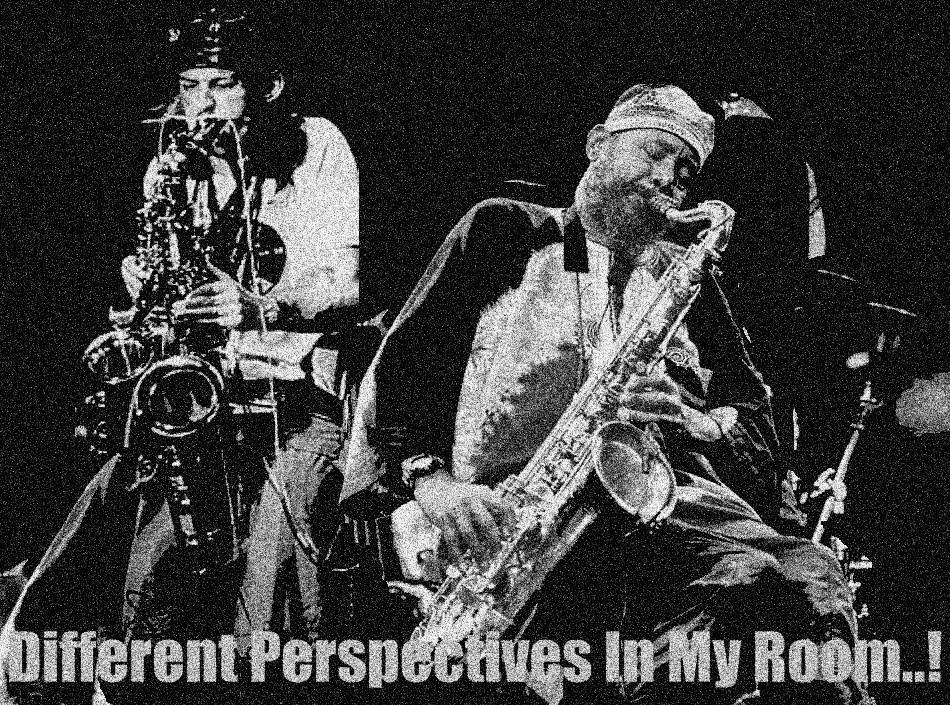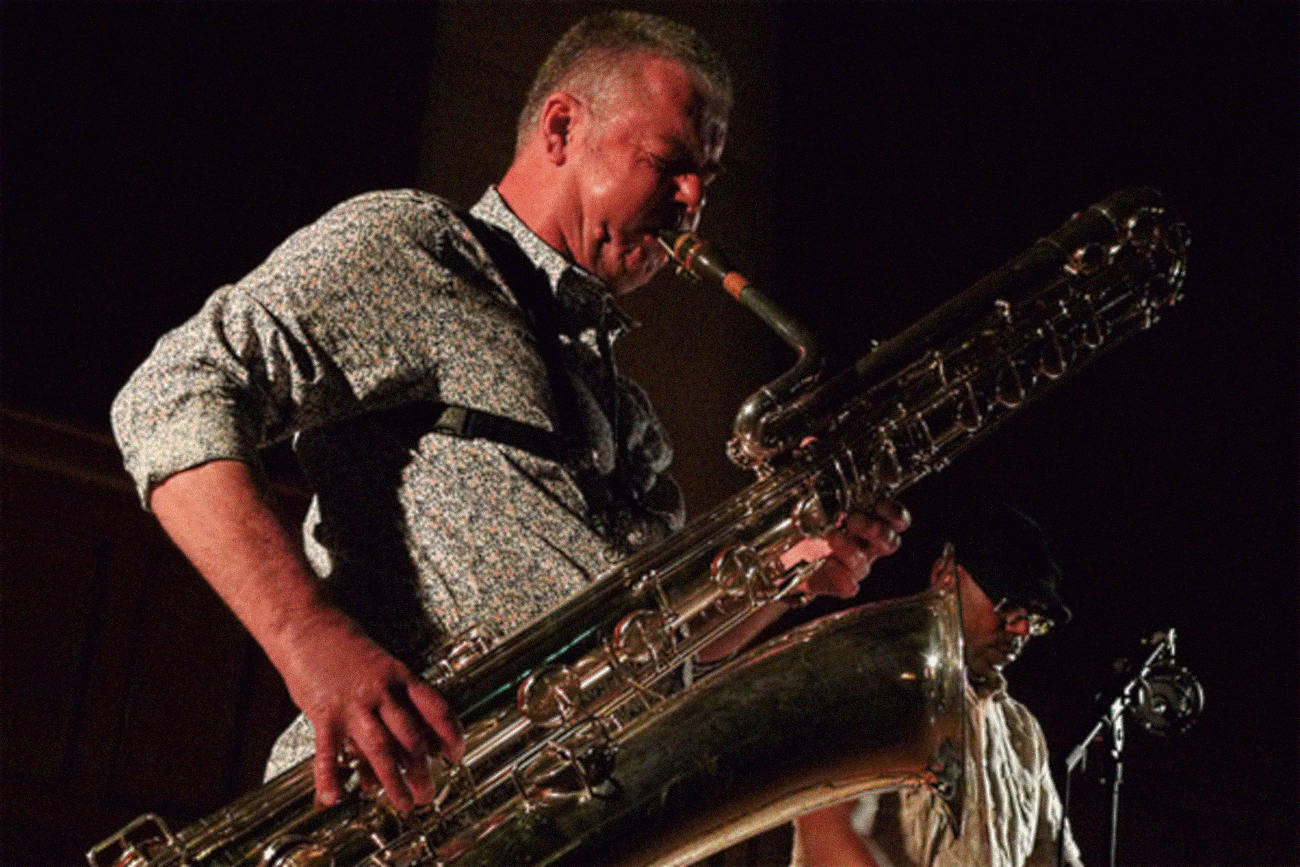Label:
Hat Hut Records – ART 2001
Format:
2 × Vinyl, LP, Album; Country: Switzerland – Released: 1983
Style:
Free Jazz, Contemporary Jazz
Recorded
on 1st (A1, B, C, D2) & 2nd (A2, A3, D1) November 1983 at IRCAM Espace De
Projection, Paris.
Credit
for Percussion on Side C actually says 'Cyrille Few and his friend'.
Artwork
and Complete Design by ART&JAZZ Studio, by VITKO
(Original
hat Hut cover included also)
Producer
– Pia & Werner X. Uehlinger
Recorded
By – Peter Pfister
Steve
Lacy – soprano saxophone, composed
Steve
Potts – alto saxophone, soprano saxophone
Irene
Aebi – cello, violin, voice
Bobby
Few – piano
George
Lewis – trombone
Jean-Jacques
Avenel – bass
Oliver
Johnson – drums, percussion
Sherry
Margolin (tracks: C, D2) – percussion
Early
80's Larger Steve Lacy group, featuring longtime cohorts Jean-Jaques Avenel on
bass and Bobby Few on piano, along with George Lewis, Steve Potts, Irene Aebi
and Oliver Johnson. As always, Lacy's brilliant melodicism and remarkable
songcraft provide a platform for a colletive of impressive soloists and deft
group interplay.
This session from 1983 is the
original rare double LP (Hat Hut Rec.-ART2001) and is called the
"Prospectus."
The Steve Lacy Sextet sessions with the addition
of George Lewis on trombone are truly startling for the reason that they show
this band at the absolute peak of its creative and intuitive power. Recorded as
a portrait of the "state of things" within the band at the time, it
is really no more than that -- and perhaps that's why it looks so large. Lacy's
compositional style had been evolving for some time toward larger groups and,
by the time the sextet had hit its stride, he was offering his musicians works
to play that were originally written for much larger ensembles. On
"Stamps" and "Wickets," one hears the arrangement style of
Charles Mingus in the foreground; the long, asymmetrical, repetitive foreground
lines are shadowed by the rhythm section playing a deep blues that echoes the
piano playing of Bobby Timmons. When the horns join in the blues reverie, it's
time for pianist Bobby Few to step out and let Lewis hold down the fort. It's
blues, blues, and all blues -- though they certainly are a different shade of
blues. Next up is the crazy "Whammies," which Lacy claims is based on
lines from Fats Navarro. And it is crazy and even unbearable, with all that
intensity happening at one time and all those conflicting harmonies, adding up
to one big musical mess! But as the album's shining diamonds -- "The Dumps"
and "Clichés" -- come into view, it's easy to hear the near
telepathic communication among this band's members. Lacy doesn't even have to
lead; he only needs to name the tune. At this time in his career, Few was a
pianist with no peers; coming from equal parts bop and vanguard jazz, he is the
ballast for the group, and all roads lead from him to Lacy and from Lacy into
the stratosphere. Lacy and Lewis have a tremendous rapport, particularly on
"The Dumps," where they counter and then play each other's solos! As
the record closes with the rollicking abstraction that is "Clichés,"
listeners can feel the closeness of this "chamber" ensemble, even
with Lewis in the mix. Both the percussive and rounded edges of the piece offer
aspects of listening in a mode seldom heard on jazz records anymore. This
record is a bouquet of essences, amplifications, dissonances, and complex
melodic invention. It was one of the Steve Lacy Sextet's closest steps to
perfection. Highly recommended.
_ Review By THOM JUREK
If
you find it, buy this album!




































